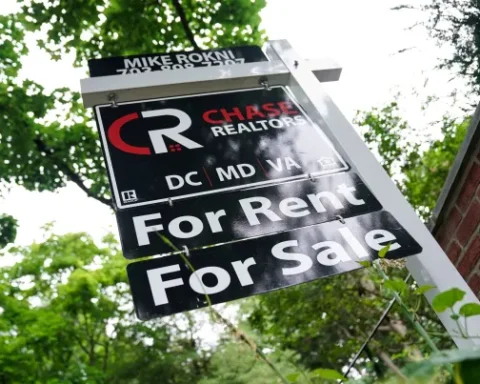As spring approaches, renters across the United States are gearing up for what appears to be a fiercely competitive market. With asking rent prices showing a noticeable uptick to $1,959 in February, as Zillow Group’s latest Rental Market Report reported, the search for a new home is becoming increasingly challenging. This is further compounded by the national rental vacancy rate holding steady at 6.6%, according to the Federal Reserve, highlighting the market’s tightness. Amidst this landscape, renters may navigate through various properties with unique characteristics and requirements.
One of the critical voices guiding prospective renters through this maze is Carlo Romero, a StreetEasy concierge, who sheds light on the intricacies of dealing with different property types. “Buildings determine their policies for what an owner can do if they decide to rent out the unit and for how long, and what the requirements are for doing that,” Romero explains. This advice is particularly pertinent for those considering condos and housing cooperatives, which often come with rules and upfront fees, in contrast to traditional rental buildings.
Understanding these differences is crucial. For instance, while condos and co-ops can impose hefty upfront costs and fees, traditional rental buildings are more likely to be subject to local rent regulation policies, offering renters a degree of predictability and affordability. Romero highlights the stark contrasts in application fees and security deposits between these property types, noting that an application fee for a condo can be significantly higher than the capped $20 fee in places like New York and Wisconsin.
Furthermore, renting a condo or co-op comes with additional considerations. Condos, often part of newer buildings with ample amenities, provide flexibility and ease in the rental process not typically found in co-ops. However, potential renters should inquire about the responsibility for homeowners association (HOA) fees and access to amenities. On the other hand, co-ops involve a more rigorous approval process and may have restrictions on the rental duration, underscoring the importance of understanding each building’s unique policies.
Traditional rental buildings may offer a safer haven for those looking for stability and straightforward application processes. These properties provide more certainty regarding the duration of stay and upfront costs, making them potentially more attractive options for many renters.
Knowledge and preparation are vital to navigating the competitive landscape as the spring rental market heats up. By understanding the nuances of different types of rental properties, consumers can better position themselves to find a home that meets their needs and budget. As the market continues to evolve, staying informed and flexible will be vital for those seeking to secure their next rental home.







